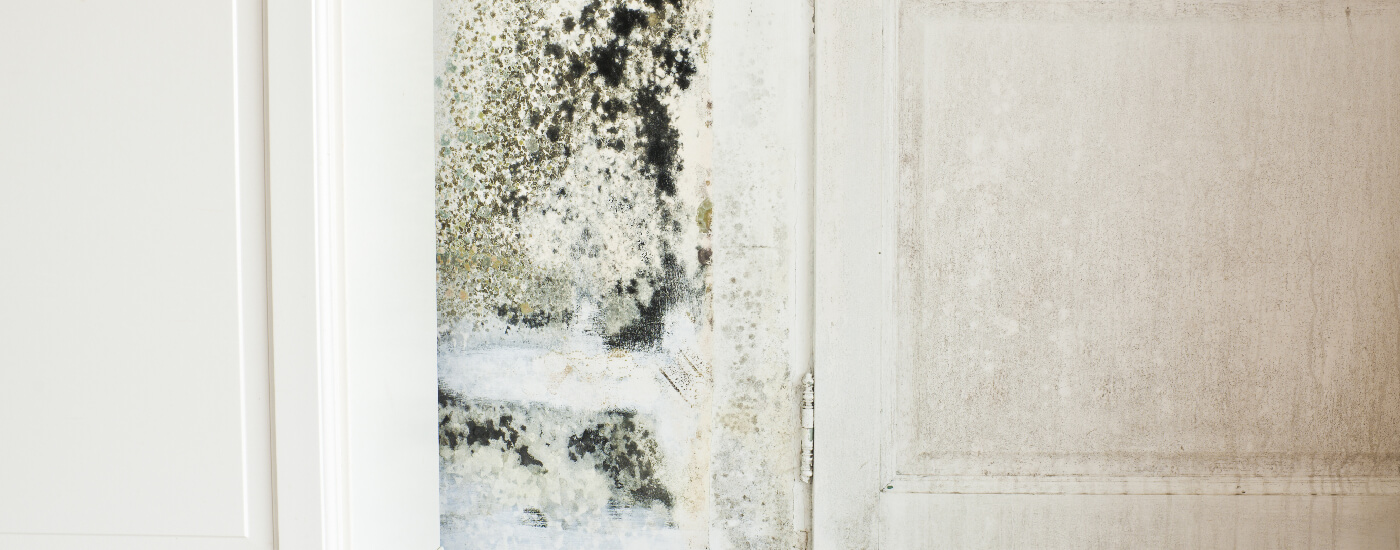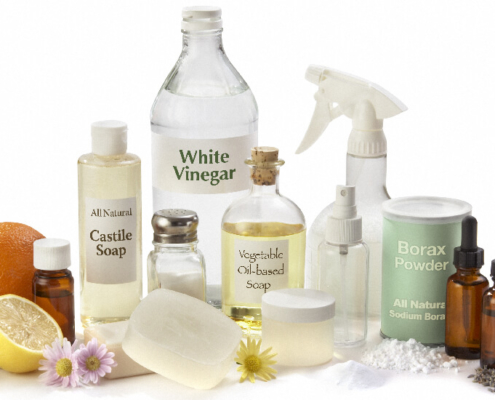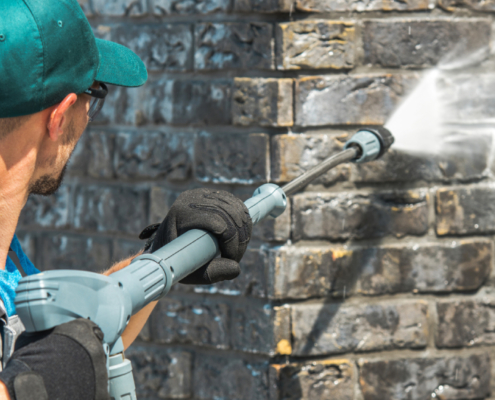The Mold and Mildew Guide
Mold and mildew can be difficult to spot because they can often go unnoticed as they form and grow. Unfortunately, it can cause damage to different types of surfaces and materials in the building, and can even be extremely hazardous to residents. If you want to protect your interior setting and your health, there are a few essential facts to learn about mold and mildew.
Different Types of Mold and Mildew
Many different types of mold and mildew can form in residential and commercial properties, which can develop in both new and old buildings. Alternaria is a common mold that can often be found under the sink, in dimly lit areas, and the shower. It’s dangerous because it’s known to cause asthma and allergic reactions. Aspergillus and alternaria can be hazardous when inhaled because they are known to cause inflammation in the lungs, respiratory infections, and allergic reactions.
Stachybotrys chartarum is commonly known as black mold, which is toxic and is extremely dangerous to inhale. Many people experience sinus infections, respiratory issues, asthma attacks, fatigue, bloody noses, and depression. It can cause the interior setting to smell musty. Penicillium is also dangerous and is commonly present on furniture, carpet, and insulation that has had contact with moisture. It’s known to spread quickly, which can make it a serious issue if it’s not detected early on. Residents may experience allergic reactions, lung inflammation, and sinus infections.
Ulocladium is a type of mold that is often present both indoors and outside and can form when flooding occurs. Many residents don’t realize that it may be hiding in walls or under the floors, which makes it necessary to hire an inspector if there’s water damage. Fusarium often grows in colder environments that are wet, especially around the carpet. It may trigger lung inflammation and allergies.
Serpula lacrymans is a mold that thrives on wooden surfaces that become wet, which leads to dry rot and is easy to identify due to its yellow color shade.
Keeping Mold and Mildew Away in the First Place
Although there’s always the risk of mold and mildew in the home, there are several ways to keep it away before it forms. Make it a point to keep different areas of the building clean, which includes dresser drawers, basements, and the attic, where mold and mildew can thrive.
It’s also necessary to remove dampness where mold spores can circulate. Outside drainage should be adequate to reduce the risk of water that can form in the walls of a basement. Waterproofed coatings are also effective in sealing absorbent brick or similar surfaces.
The interior setting can also be heated for a short time before opening the windows to remove air that has a lot of moisture. Exhaust fans are useful for forcing it out of the building. Heat is useful in reducing the risk of mildew in each season.
Using the right chemicals to absorb moisture will also prove to be useful, which includes anhydrous calcium sulfate, silica gel, and activated alumina. The chemicals will absorb any moisture in the air and can be obtained by contacting an MU Extension center.
What to do When You Get Mold and Mildew
Although mold and mildew is a severe problem in homes, it can be easy to treat with the right products and techniques. Household products can often be used to eradicate the issue, depending on its severity. Use a mixture of warm water and detergent to clean areas where mold is present. Once the surface dries, follow it with an application of bleach three different times. The third wash should include a borate detergent solution while scrubbing the affected area.
If you’re unsure of whether you have mold in the home, purchase a mold test kit that can detect its presence and will identify which type of mold it is to ensure it can be treated properly.
Keeping it From Coming Back
There are many ways to treat mold and mildew, but it can come back if the conditions are right in the building. To keep it at bay, you’ll need to be proactive about creating a ventilated space where moisture and humidity levels are kept to a minimum in each room.
Install extra vents and fans, if necessary. It’s also important to open the windows when bathing to remove excess moisture in the air. Minimize containers or products left in the shower and spread out bath towels after they’re used to ensure they dry within 20 minutes. Wiping down the shower and bath with a clean towel after each use will also prevent standing water from causing mold or mildew to form. You can also install a shower curtain that is easy to clean in the washing machine, and replace the shower curtain liner every few months. If mold has formed on linens or upholstery, don’t be afraid to toss it out to protect your health and prevent the problem from escalating.
Spores are a common threat to residents but can be controlled with the use of a humidifier and fans, especially during the warmer months of the year.
You may also want to hire a professional plumber every year to inspect the building for leaks that may be present with the pipes that are installed. A roofer will also need to be hired annually to check the roof deck for leaks that may be present. The professional will inspect areas where missing tiles or shingles may be present, and also around flashing on the chimney and vents. Any leaks that are discovered need to be repaired immediately. Regular cleaning is also necessary to reduce the risk of mold and mildew.
Inspecting the ductwork is also necessary, as mold can form due to badly insulated ductwork. You’ll need to properly insulate your bathroom rim joists to prevent moisture from forming anywhere where warm air can escape.






